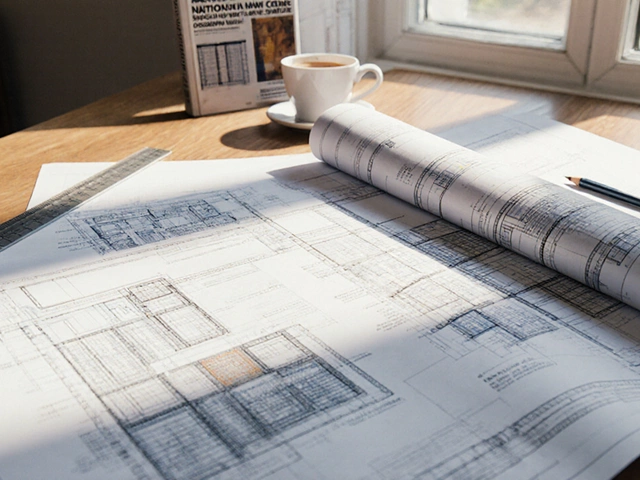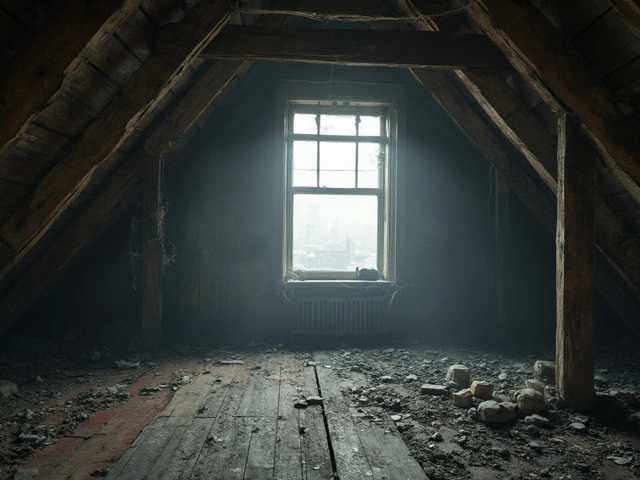Home Budget Tips: Keep Your Renovations Affordable
Thinking about fixing a leaky roof, redoing a kitchen, or patching a foundation crack? All those projects can add up fast. The good news is you don’t have to break the bank. With a clear plan and a few money‑saving tricks, you can finish the work without draining your savings.
Plan Your Projects Like a Pro
Start by listing every job you want to do, no matter how small. Give each item a realistic cost estimate – use quotes from at least two local contractors, or look up average prices for DIY supplies. When you have a total number, add a 10‑15% buffer for unexpected expenses. That buffer is your safety net, and it prevents surprises later on.
Next, rank the jobs by urgency. A cracked foundation that threatens structural safety should be at the top, while a fresh coat of paint can wait. Prioritising helps you allocate funds where they matter most and avoid spending on non‑essential upgrades early.
Don’t forget to consider timing. Roofing and siding work is cheaper in the off‑season when contractors have more availability. Likewise, scheduling a kitchen fit in the slower months can secure lower labour rates. Timing your projects can shave a few hundred pounds off the bill.
Smart Ways to Trim Costs
One of the biggest savings comes from doing what you can yourself. Sealing small foundation cracks, cleaning gutters, or even applying a fresh coat of paint are tasks many homeowners can handle with a weekend of effort. When you tackle the easy jobs, you only need a professional for the heavy‑lifting tasks.
When you do need to hire, always ask for a detailed quote. Break down the cost of labour, materials, equipment and waste removal. If a line item seems high, negotiate or ask for alternatives – cheaper roofing material that still meets code, or a different brand of kitchen cabinet hardware that looks the same.Buying materials in bulk or during sales can lead to big discounts. Check local suppliers for end‑of‑year clear‑outs on tiles, flooring, or insulation. Even ordering a few weeks early can land you a better price than a last‑minute purchase.
Lastly, think about future savings. Investing a little more in proper waterproofing during a foundation repair can stop water damage down the line, saving you thousands. Similarly, choosing an energy‑efficient roof or insulation pays off in lower utility bills.
To sum up, a solid home budget starts with a clear list, realistic estimates, and a safety buffer. Prioritise safety‑critical jobs, time your projects wisely, and don’t be afraid to roll up your sleeves on the simple tasks. With these steps, you’ll keep your dream home improvements on track without the financial stress.
Why Is Building a House So Expensive? Real Reasons You Didn't Expect

Ever wondered why building a new house seems to drain your wallet faster than you expect? This article breaks down the real reasons behind sky-high construction costs today. From material prices and land fees to surprise expenses, get the facts you actually need. Discover smart tips to keep your budget under control. Read on before you start your build.
read more



